Why Norway euthanised ‘beloved’ walrus Freya
The 600kg animal had become a popular attraction in the Oslo Fjord
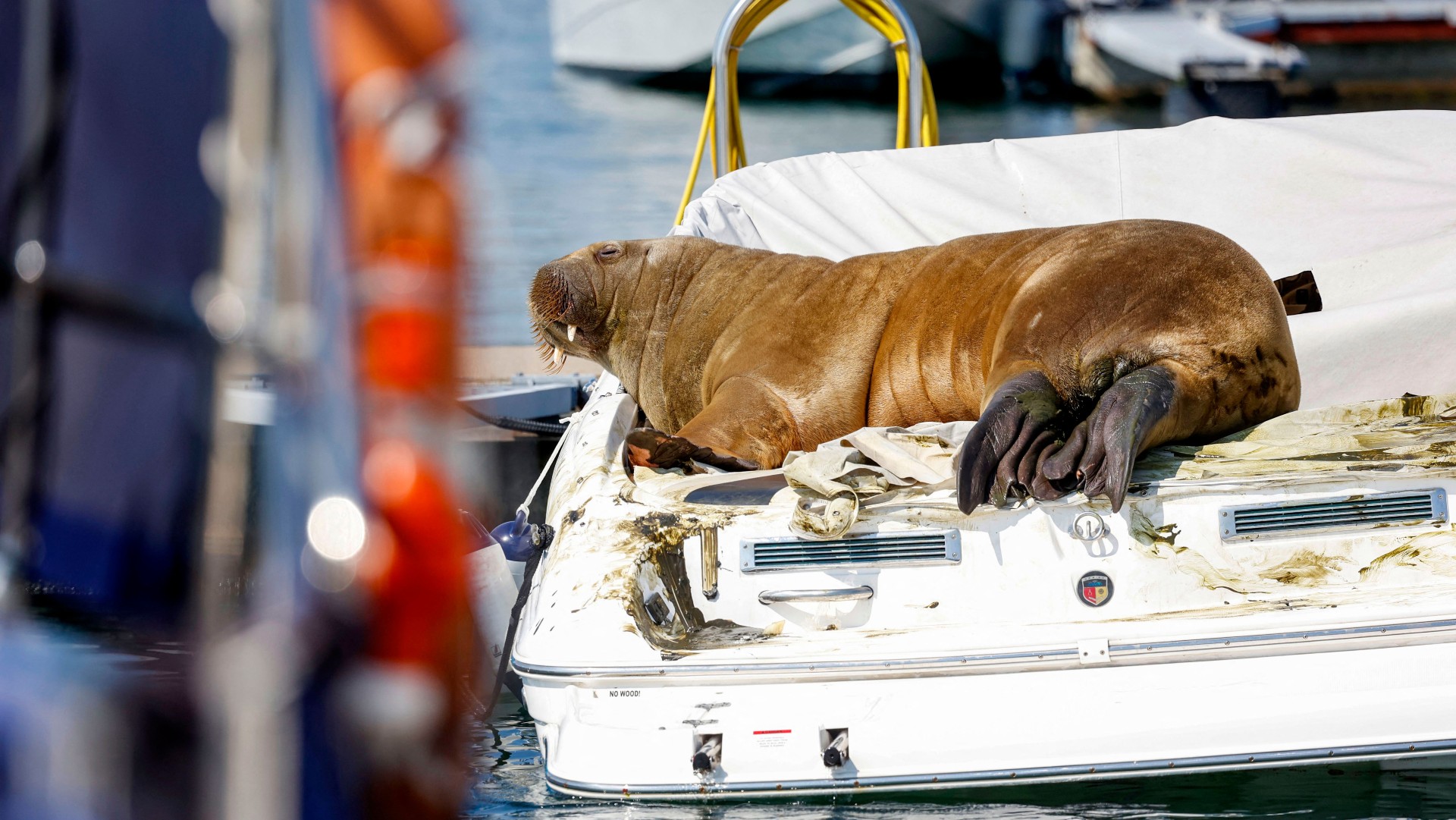
The decision by Norwegian authorities to euthanise a “celebrity” walrus has triggered an outpouring of grief and anger.
Named after the Norse goddess of beauty and love, Freya the walrus had been sighted off the UK, the Netherlands, Denmark and Sweden before making headlines after “she chose to spend part of the summer in Norway”, reported The Guardian.
CNN said the “beloved” 600kg walrus “became a social media sensation” after being filmed “clambering onto small boats to sunbathe”. Huge crowds came to see her lounging about in the Oslo Fjord, an inlet on Norway’s southeastern coast.
The Week
Escape your echo chamber. Get the facts behind the news, plus analysis from multiple perspectives.

Sign up for The Week's Free Newsletters
From our morning news briefing to a weekly Good News Newsletter, get the best of The Week delivered directly to your inbox.
From our morning news briefing to a weekly Good News Newsletter, get the best of The Week delivered directly to your inbox.
But following reports of visitors swimming with her and getting dangerously close to take photos, the Norwegian Directorate of Fisheries warned last week that Freya might have to be put down if the risk to human safety was deemed too high.
The public “appeared to ignore the advice” to keep their distance, ITV News reported. According to local media, on one occasion, police blocked off a bathing area after the walrus chased a woman into the water.
The directorate told CNN that multiple solutions were being considered, including relocating Freya out of the fjord. But in a statement on Sunday, the department announced that a “decision to euthanise” had been “taken on the basis of a global evaluation of the persistent threat to human security”.
Although euthanising Freya “might cause reactions with the public”, it “was the right call”, said director general Frank Bakke-Jensen.
A free daily email with the biggest news stories of the day – and the best features from TheWeek.com
Critics were quick to disagree. The decision to kill Freya was “too hasty”, said a Facebook post by Rune Aae, a biologist at the University of South-Eastern Norway who had been tracking Freya’s movement on a Google map to help people know when to stay away from her.
According to The New York Times, “walruses are social animals and rarely venture somewhere alone, which may have been why Freya had spent time in a highly populated area” around the Norwegian capital.
A protected species, walruses normally live further north in the Arctic and “do not usually attack humans”, said the BBC, although “there have been some rare incidents”.
According to the World Wide Fund for Nature, a total of around 230,000 walruses live in the wild, predominantly in ice-covered waters in Canada, Greenland, Norway, Russia and Alaska.
The walrus was “once threatened by commercial hunting, but today the biggest danger it faces is climate change”, with widespread loss of glaciers and sea ice, said the conservation organisation.
-
 7 bars with comforting cocktails and great hospitality
7 bars with comforting cocktails and great hospitalitythe week recommends Winter is a fine time for going out and drinking up
-
 7 recipes that meet you wherever you are during winter
7 recipes that meet you wherever you are during winterthe week recommends Low-key January and decadent holiday eating are all accounted for
-
 Nine best TV shows of the year
Nine best TV shows of the yearThe Week Recommends From Adolescence to Amandaland
-
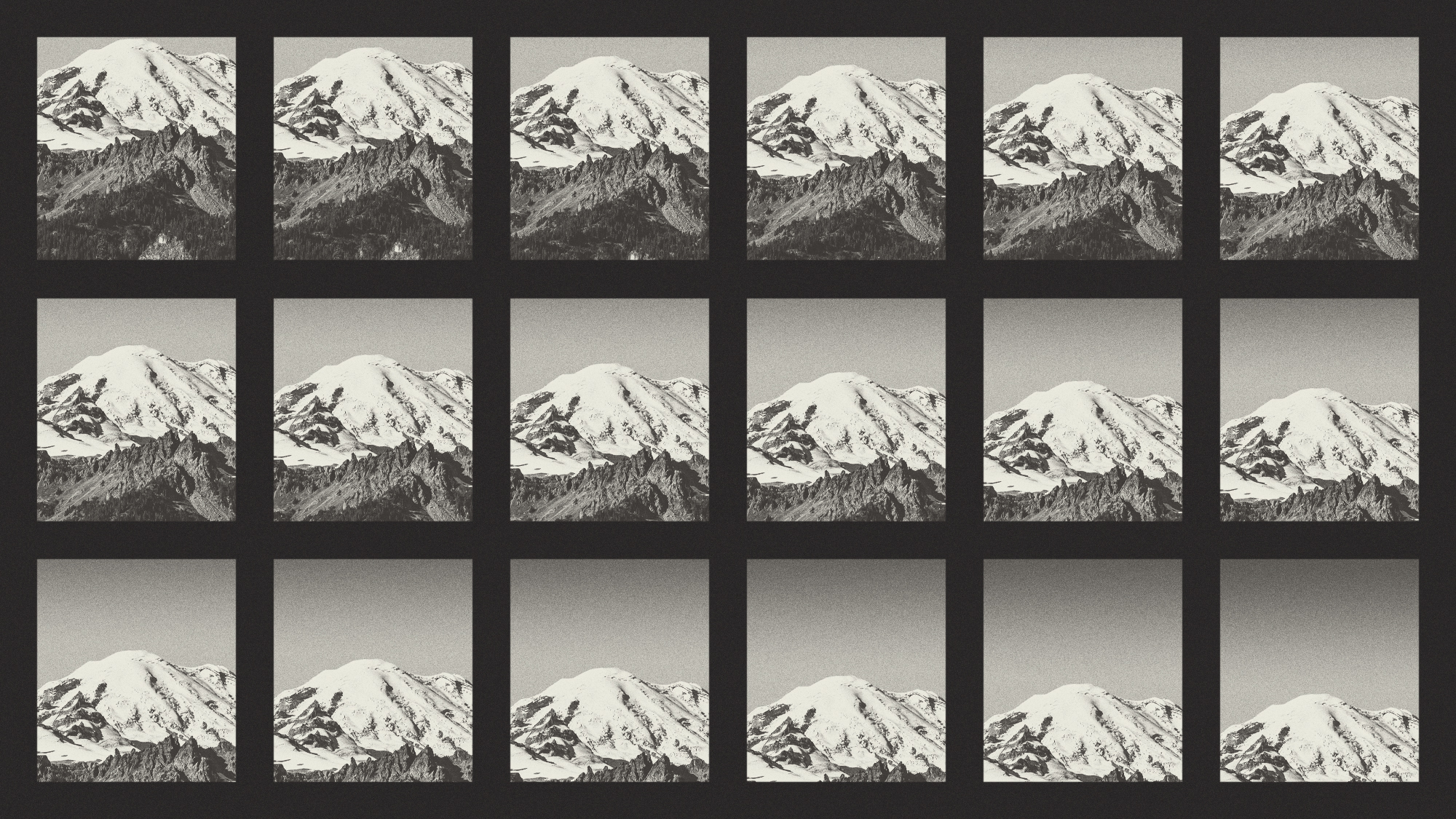 Crest falling: Mount Rainier and 4 other mountains are losing height
Crest falling: Mount Rainier and 4 other mountains are losing heightUnder the radar Its peak elevation is approximately 20 feet lower than it once was
-
 Death toll from Southeast Asia storms tops 1,000
Death toll from Southeast Asia storms tops 1,000speed read Catastrophic floods and landslides have struck Sri Lanka, Indonesia, Thailand and Malaysia
-
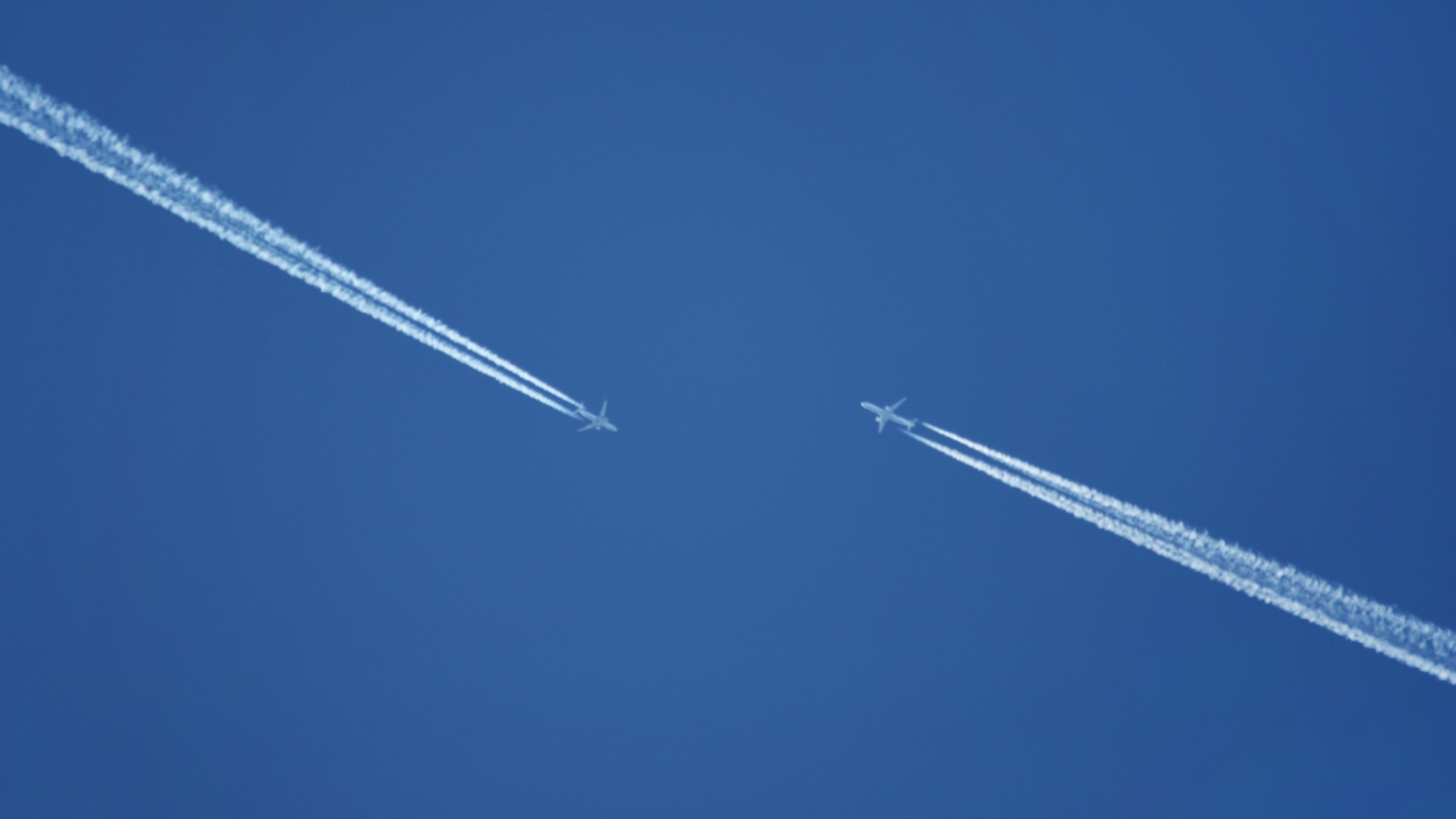 Can for-profit geoengineering put a pause on climate change?
Can for-profit geoengineering put a pause on climate change?In the Spotlight Stardust Solutions wants to dim the sun. Scientists are worried.
-
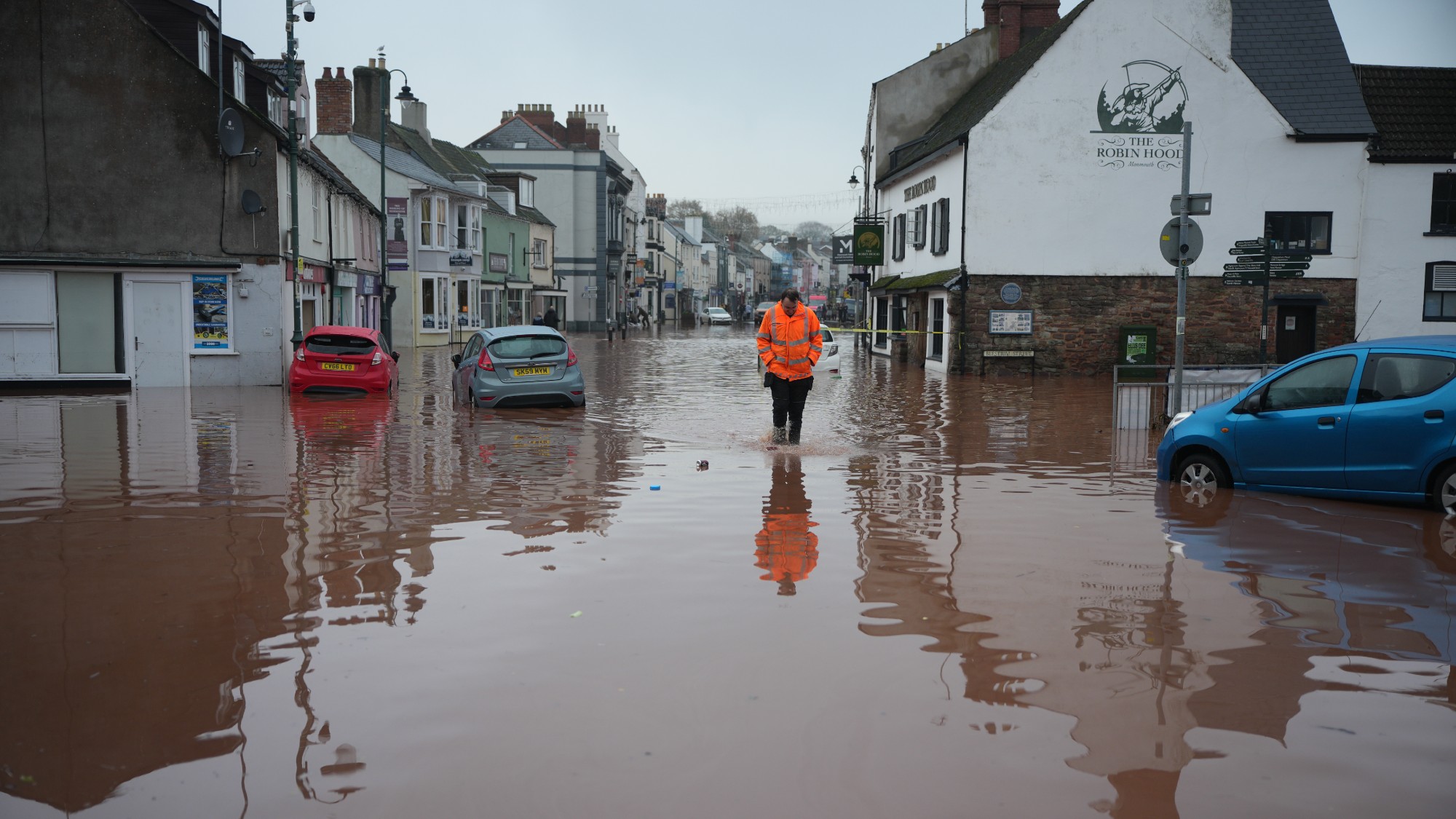 How will climate change affect the UK?
How will climate change affect the UK?The Explainer Met Office projections show the UK getting substantially warmer and wetter – with more extreme weather events
-
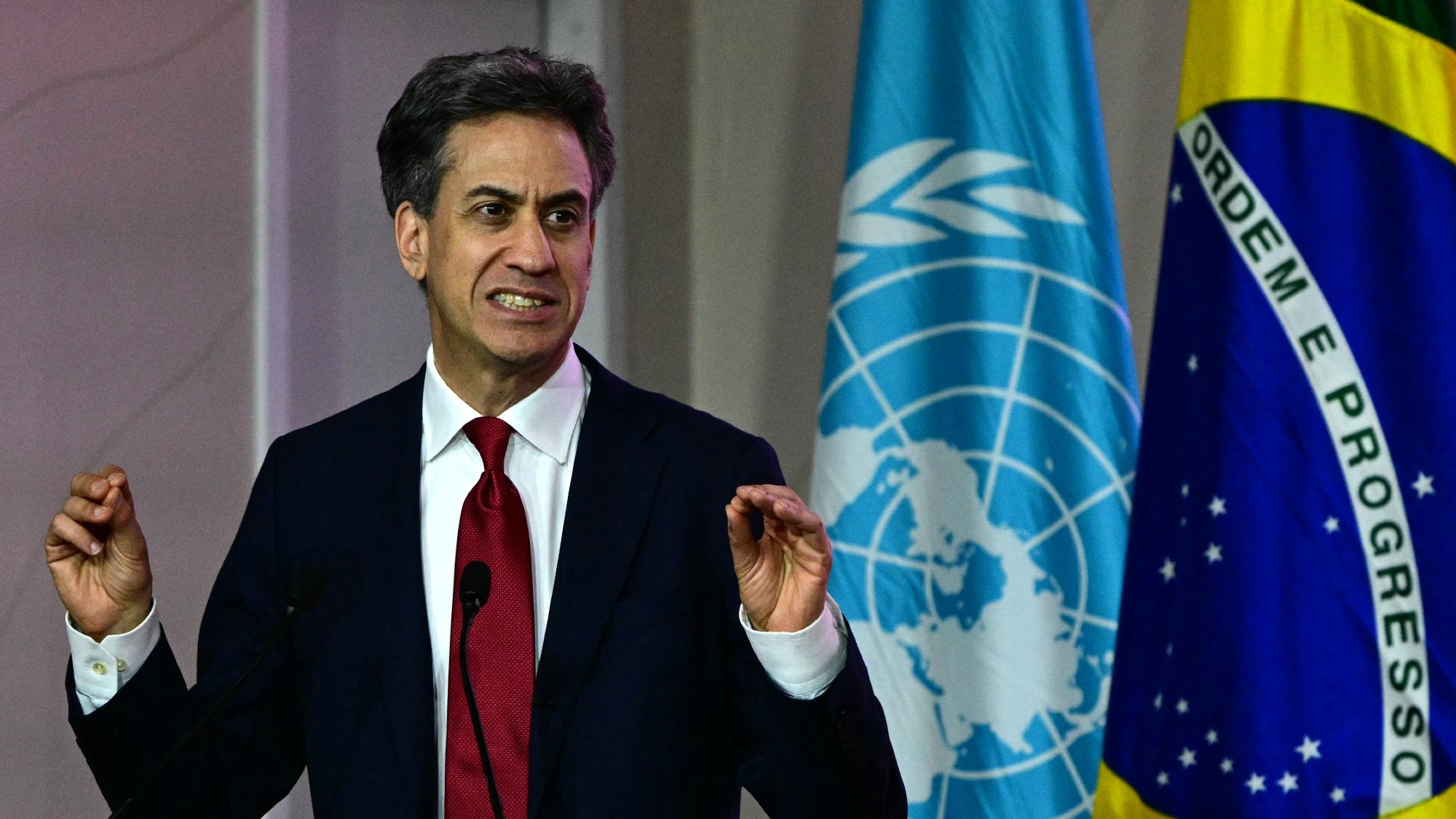 Can the UK do more on climate change?
Can the UK do more on climate change?Today's Big Question Labour has shown leadership in the face of fraying international consensus, but must show the public their green mission is ‘a net benefit, not a net cost’
-
 Did Cop30 fulfil its promise to Indigenous Brazilians?
Did Cop30 fulfil its promise to Indigenous Brazilians?Today’s Big Question Brazilian president approves 10 new protected territories, following ‘unprecedented’ Indigenous presence at conference, both as delegates and protesters
-
 Can the world adapt to climate change?
Can the world adapt to climate change?Today's Big Question As the world gets hotter, COP30 leaders consider resilience efforts
-
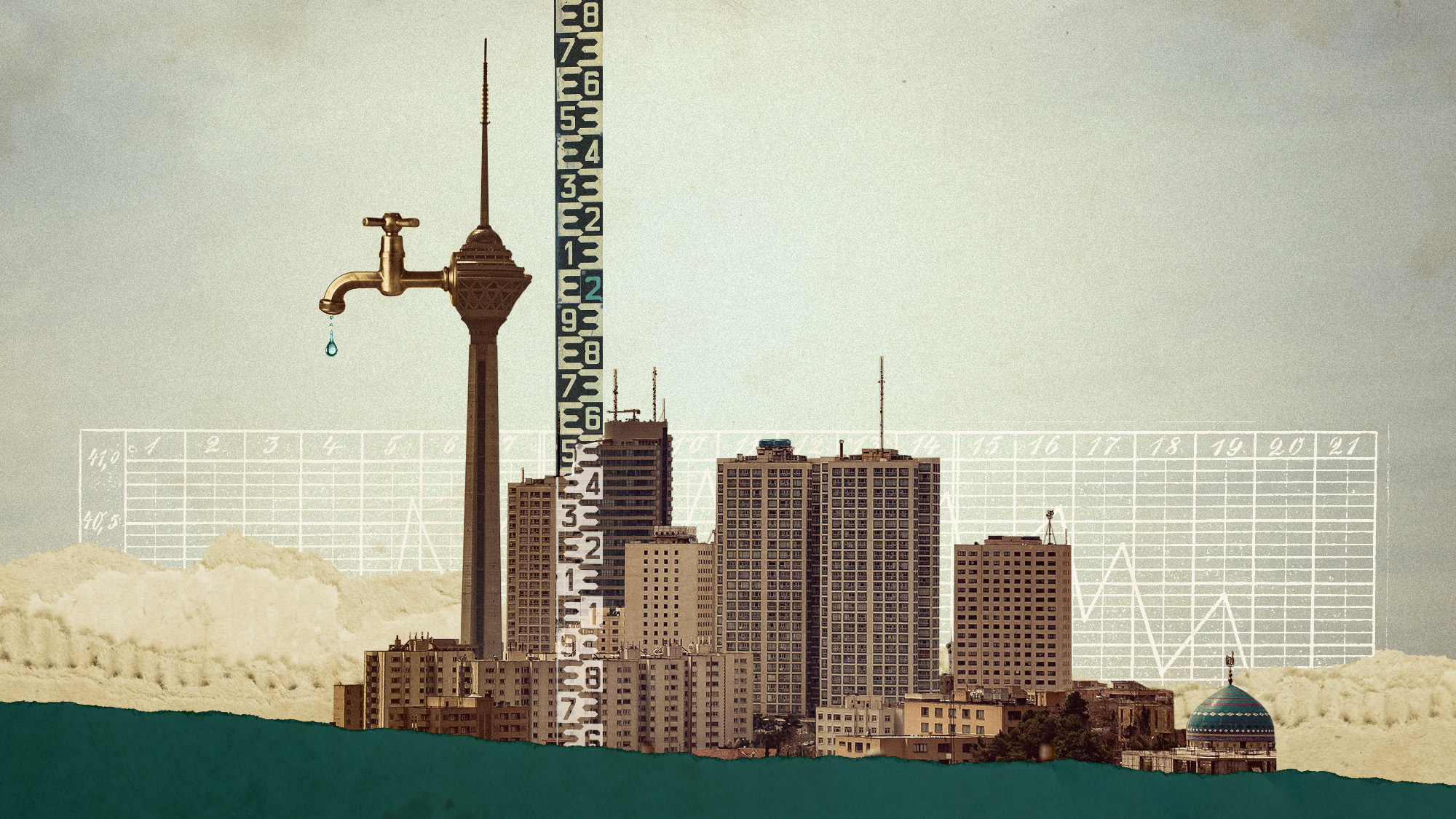 Taps could run dry in drought-stricken Tehran
Taps could run dry in drought-stricken TehranUnder the Radar President warns that unless rationing eases water crisis, citizens may have to evacuate the capital